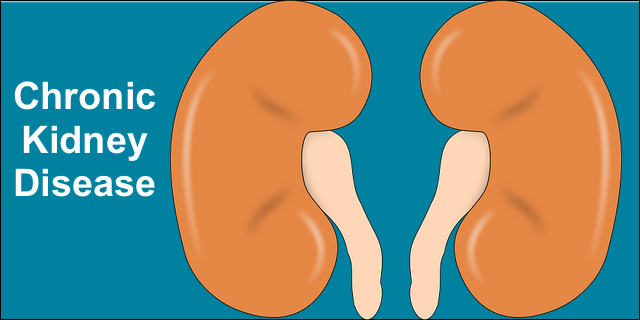March is National Kidney Month. People don’t think about their kidneys until something goes wrong with them. Several Medivizor blog posts have described the structures in the kidney, the connection between kidneys and blood pressure, and kidney stones and the risk of heart attack or stroke. Chronic Kidney Disease is another kidney problem but it is sneaky.
Around 37 million people in the US have Chronic Kidney Disease (CKD) and many don’t know it. People can have very low kidney function, even needing dialysis and be unaware. CKD is the gradual loss of kidney function over a period of 3 or more months. High blood pressure, obesity and diabetes are associated with CKD and certain ethnic communities are at greater risk: African Americans, Hispanic/Latinx and Native Americans.
Typically, treatments for CKD involve management of symptoms, with the objective of slowing the damage. According to the Mayo Clinic, “Controlling or treating the underlying cause often halts ongoing kidney damage and might lead to improved kidney function over time.” [1] But early detection is key; inaction can result in life-threatening kidney failure.
Since CKD often has no symptoms, how is it detected? While the kidneys take out wastes, they retain proteins and blood cells. Finding proteins and blood in your urine is a warning sign of CKD. There are two tests that can be done to find out if you are having issues with your kidneys described in 6 Facts You Probably Didn’t Know about Your Kidneys
1) The ACR or Albumin to Creatinine Ratio test is used to find out if you have excess protein in your urine.
2) Creatinine blood test which measures the amount of this waste product in your blood. The normal range for this test is 0.7 – 1.2 mg/dL . The test is used to calculate your glomerulus filtration ratio (GFR). GFR is calculated using four factors, your blood creatinine, your age, gender and finally race. The stages of chronic kidney disease are based on this GFR.
If you haven’t had a kidney functions test recently, now might be a good time to get one.
Reference:
Feature image: OpenClipart-Vectors from Pixabay






